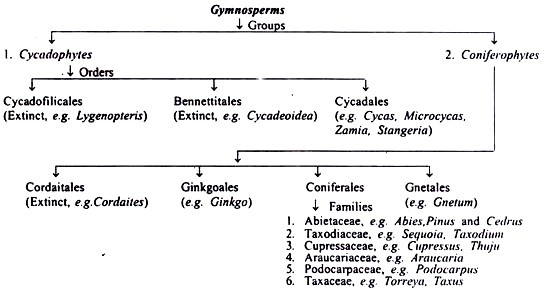In this article we will discuss about the process of cell division in oedogonium with the help of diagram.
When a cell divides into two daughter cells, two separate processes are involved, one is cell division and the other is cell elongation including the cell walls. In cell division the protoplasm divides, the first sign of which is the division of nucleus.
In cell elongation the cell elongates gradually and uniformally. The method of cell division and growth of cell wall is unique and peculiar in Oedogonium. The cell wall does not elongate in the usual way.
Stages:
(i) The nucleus from periphery moves towards the centre and slightly towards the upper part of the cell (Fig. 3 A).
(ii) Since the wall does not elongate in the usual manner, the cytoplasmic wall material gathers in the form of a “ring” round the inner wall at the upper end of the cell (Fig. 3 A).
(iii) The nucleus divides mitotically and there is formation of a groove in the ring (Fig. 3B, C).
(iv) The next stage is the elongation or stretching of the daughter cells by breaking up of the wall layers round the groove of the ring. The lower daughter cell elongates to the former level of the ring. The upper one also elongates to the same extent. The process of elongation is completed within 15 minutes (Fig. 3 D).
(v) Along with the completion of elongation, a transverse wall formation between the two is also completed. The distal end of the upper cell contains a small portion of the old parent wall which appears as the apical cap.
It is evident that the outer wall of the newly divided upper cell with the “cap” is derived from the ring except the “cap” which belongs to the old parent wall, whereas, in the lower daughter cell laterals wall are those of the old parent cell.
“Cap cells” usually divide repeatedly showing as many caps as there have been divisions and the position and number of such cells in a filament is specific characters. The cell divisions are generally intercalary and sometimes terminal.
